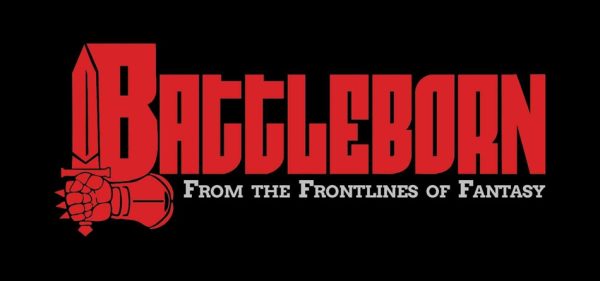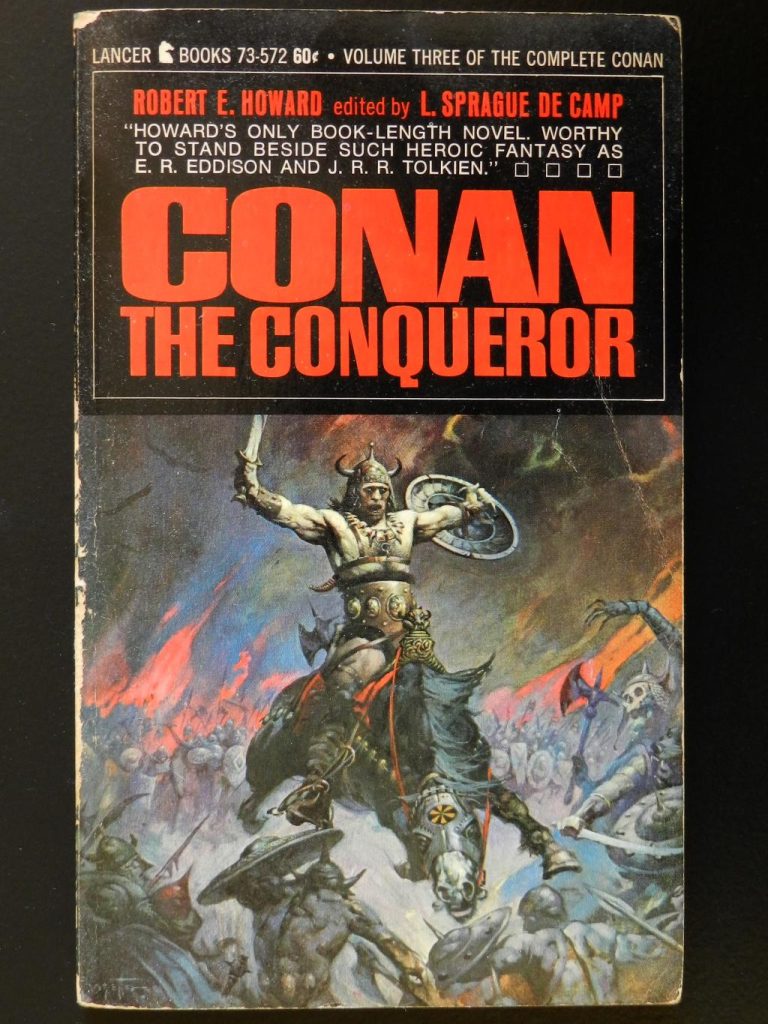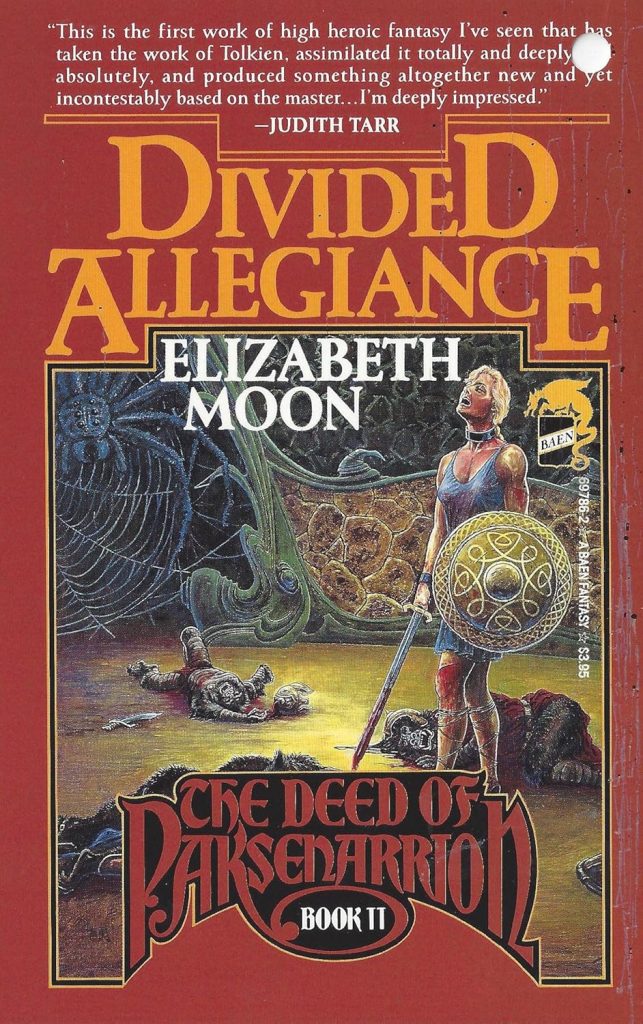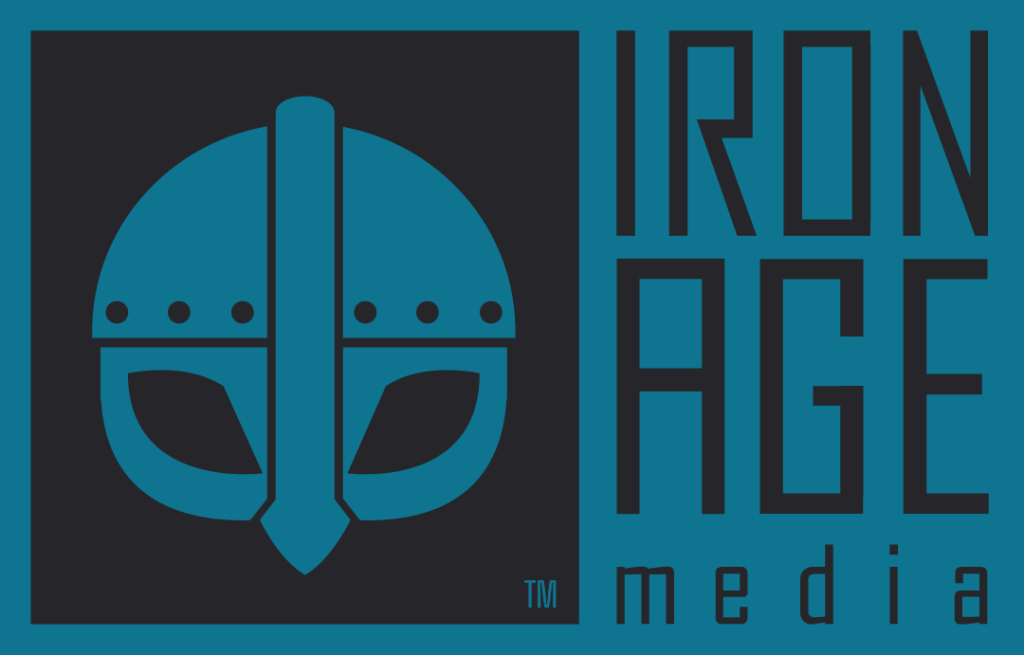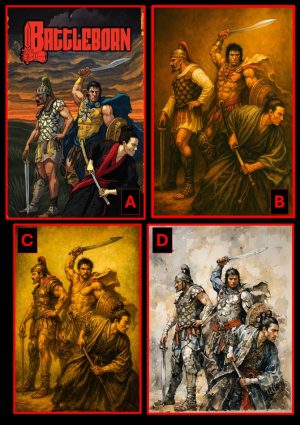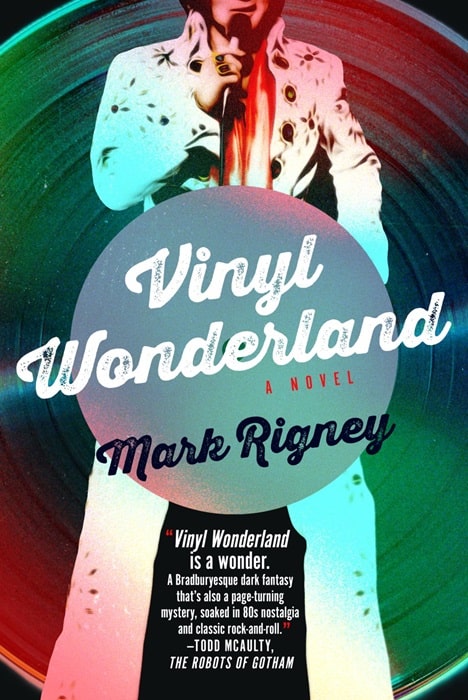The Battleborn Interviews: the Final Chapter!
Having returned the Eye of Rhynn and the Hand of Kwll to their rightful (quite frightening) owners, Sean CW Korsgaard and I sat down to conclude our Sword & Sorcery chat, and to focus once more on his upcoming magazine Battleborn. Thanks to a successful Indiegogo campaign, Issues One and Two are now fully funded, both digital and print.
Read Part One of the interview here, and Part Two here.
Battleborn is positioning itself as a sword & sorcery outlet. Speaking both as editor and fan, how is that different from epic or high fantasy? What elements or touches make a story S&S?
What makes the sword-and-sorcery subgenre are a combination of five factors. First up, the Protagonist. Unlike, for example, epic fantasy, which have large casts or changing points of view, a work of S&S typically follows a single protagonist, or the odd duo. I say protagonist instead of hero for a reason –– many of these characters are rogues, mercenaries, rebels, savages, and scoundrels, if not antiheroes or outright villainous. They are often underdogs or outsiders, and often on the road or far from home, akin to lone gunslingers of American westerns and the wandering samurai of Japanese folklore.
The other four critical components are as follows.
The Environment: S&S fiction takes place in lands different from our own, where technology is often relatively primitive, allowing the protagonists to overcome their martial obstacles face-to-face. Magic works, but seldom at the behest of the heroes, and is very dangerous –– more often sorcery is just one more obstacle used against them and is usually wielded by villains or monsters, and the protagonist using any magic is a sure sign he’s an antihero. The landscape is exotic; either a different world, or far corners of our own, the distant past or future, and often they’re set in places of danger or decline –– ancient ruins, a seedy underbelly of a large city, a decadent civilization on the verge of collapse, an alien world under a dying star.
The Action: More than almost any other element, S&S has to have punchy, authentic feeling combat and fight scenes. The very best of the subgenre should feel brutal, dangerous, and leave any reader feeling breathless. Epic fantasy and other subgenres can gloss over the action, or provide a bird’s eye view, if not skip combat entirely. S&S should read like someone from the frontlines, deep into the fray.
The Obstacles: A S&S protagonist must best fantastic dangers, monstrous horrors, and dark sorcery to earn riches and astonishing treasure, to once more feel their lover’s embrace, or even just win the right to live another day. Danger can take the form of a primordial evil, a sorcerer dabbling in magic that man wasn’t meant to know, monsters of varying size and shape, and dark gods hosting darker designs.
The Writing Style: S&S was conceived during the pulp era, and the writing style reflects that, as does the trend toward serialized storytelling. It has a lot of common DNA with other genres that cut their teeth in the pulps: the modern western, the noir detective thriller, even superhero comic books.
Good sword and sorcery will hit on a few of these, but GREAT sword and sorcery will touch on all five.
So, there you are, reading through a submission, “Tales from the Slush Pile,” when suddenly you hit that one particular road-block or prose-based sin where you simply know that this one isn’t for you. What’s an immediate turn-off for you as an editor?
Ah, this is what my mentor and former boss at Baen, Toni Weisskopf lovingly calls “the red line of death,” the absolute moment when an editor puts down a manuscript and can’t be bothered to pick it up again.
A lot of this is self-explanatory. First, actually follow the submission guidelines to the letter, and you’re already doing better than fifty to eighty percent of submissions. Keep up the energy and pacing. Slack early on, especially in a short story, can be a death sentence. Don’t shoehorn in a terrible real-world political allegory out of nowhere, or try to plagiarize a well-known Robert E. Howard story with only Conan’s name changed.
The trick is when you get to that last five percent, the writers who have some talent, the stories that have some spark, is attention to detail and consistency. Does a character introduced as an amoral sociopath for the first two thirds turn into a paragon of virtue in the final act? Does the weapon that broke earlier in an action sequence all of a sudden get used undamaged to win the day against a foe? Is there a graphic sex scene squeezed in without rhyme or reason, especially one you can tell is catering to the author’s very specific tastes? This is often the line between a form rejection letter, and if not an acceptance letter, at least a personalized rejection.
Any shout-outs that need shouting for collaborators who’ve risen to the occasion in getting this project launched?
Plenty.
All of my authors have been relentless about promoting the magazine and the crowd-funder, and are as excited for it and our vision as I am. The team at Iron Age Media have been there for every setback and headache, and are as fully committed to getting this thing made into an empire as I am.
And of course, to John O’Neill and all the fine and fantastic people and readers here at Black Gate! To say nothing of our backers, future readers and sword-and-sorcery fans everywhere.
Swords together, everyone. We have not yet begun to fight!
*
For further thoughts from Sean on what puts the S in Sword and the Y in sorcerY, not to mention all the other requisite letters, click HERE! To check out the ongoing Indiegogo campaign to fully fund additional issues of Battleborn, click HERE! That campaign remains live for now but closes for good on October 15, 2025.
Mark Rigney is a writer and long-time Black Gate blogger. His work on this site includes original fiction and perennially popular posts like “Genre 2012: the Ghetto Remains the Same.” About his new novel, Vinyl Wonderland, reviewer Rich Horton said, “I was brought to tears, tears I trusted. A lovely work.” His favorite review quote so far comes from Instagram: “Holy crap on a cracker, it’s so good.” A preview post can be found HERE, while his website lives over THERE. His story, “The Icehawk,” is slated to appear in an early issue of Battleborn.
